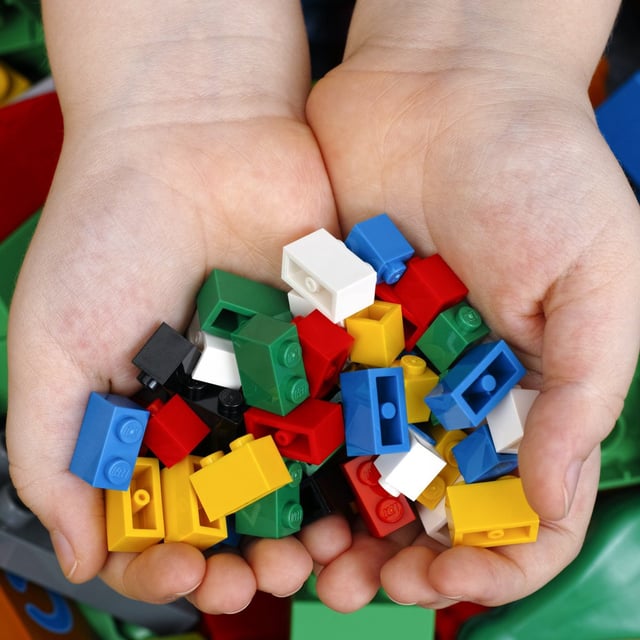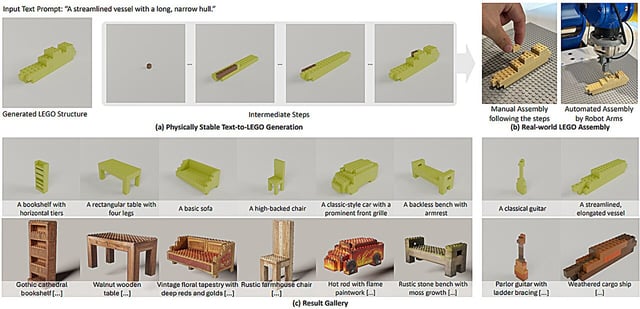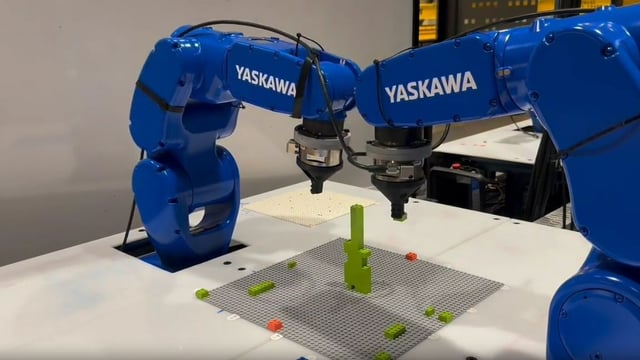Overview
- LegoGPT, developed at Carnegie Mellon University, uses AI to create stable, buildable Lego designs from text prompts.
- The system integrates a fine-tuned LLaMA-3.2-Instruct model with Gurobi optimization for structural stability analysis.
- A publicly available dataset, StableText2Lego, includes over 47,000 Lego designs and was used to train the model.
- Testing confirmed 99.8% of generated structures were stable, with rollback features improving stability rates from 24% to 98.8%.
- Currently supporting an 8-brick library and a 20×20×20 grid, future updates aim to expand design capabilities and brick types.


